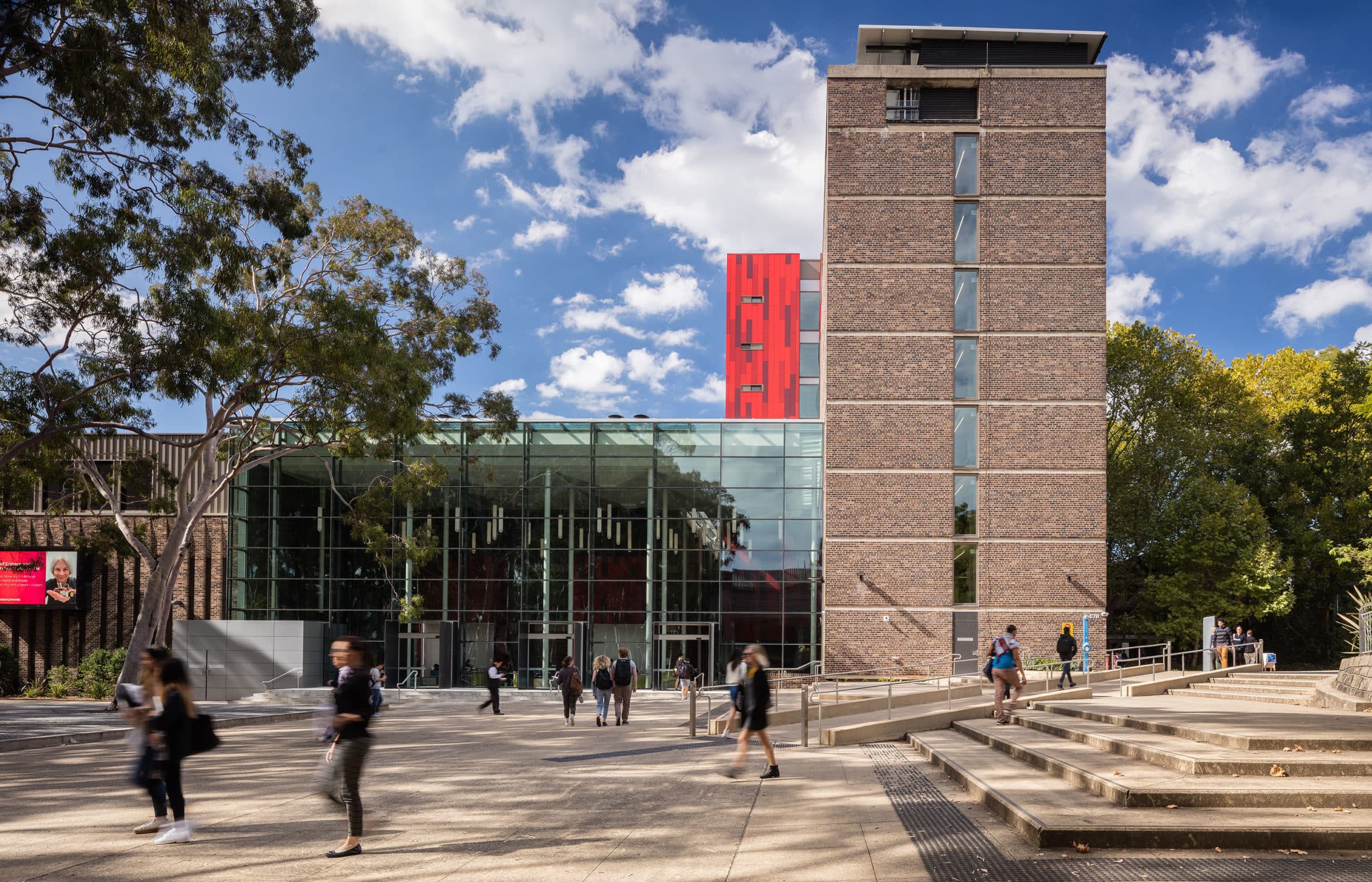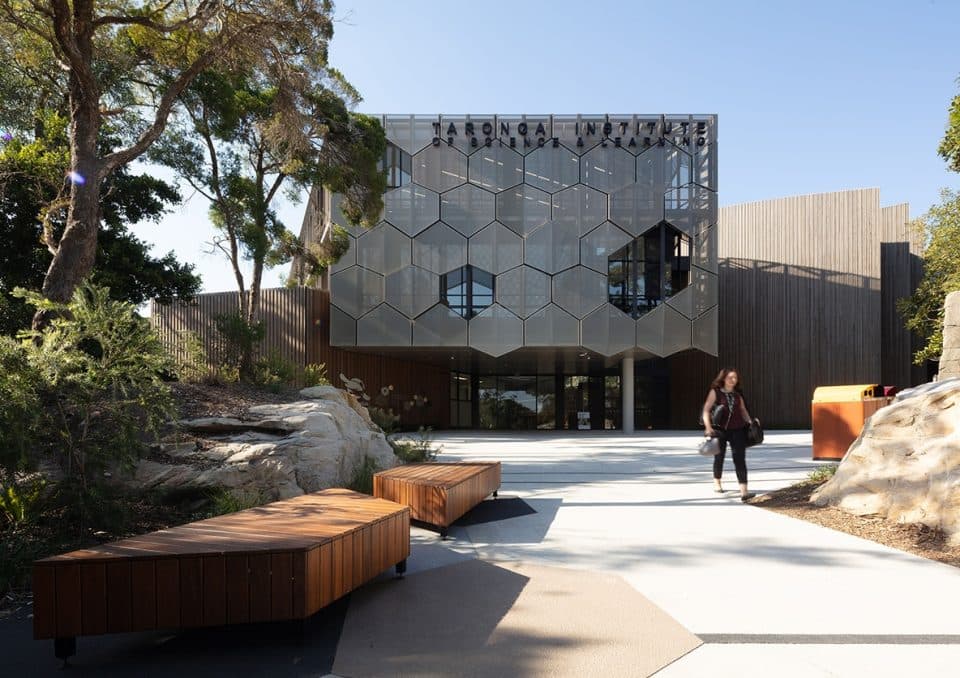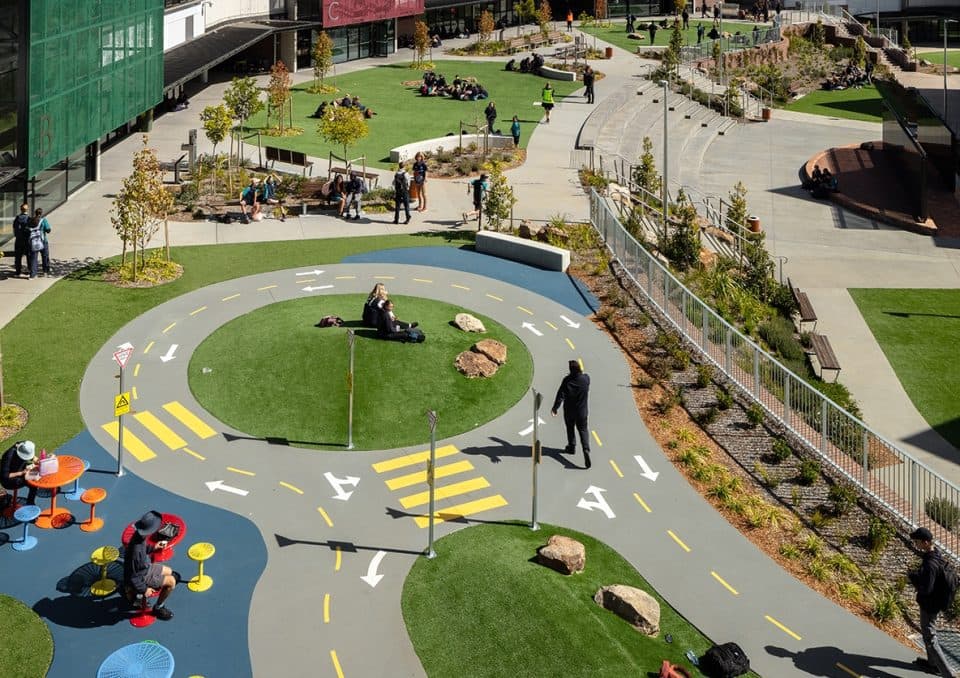Retrofitting: Energy Efficient and Culturally Sustainable Design

Australia’s non-residential buildings produce approximately 10% of greenhouse gas emissions. As a result, adapting buildings to make them more energy efficient has never been more critical.
Many of these buildings may have been created at a time when environmental standards were given little consideration. Building owners and tenants are now realising there are opportunities to retrofit existing buildings to reduce operating costs, improve productivity and reaffirm the role a building plays in the community.
Working with Macquarie University our team transformed one of the oldest structures on the University’s campus – the Faculty of Science and Engineering building. The project is an example of the benefits of retrofitting rather than rebuilding.
By revitalising the existing fabric NBRS enhanced the appearance of the building, improved street presence and created a sense of arrival to the University’s main courtyard.
A new 3 storey glazed atrium provides a physical link between the 8 storey Faculty of Science and Engineering and the adjacent building. The atrium is activated with a café and provides space for individual research as well as promoting collaborative learning.
To help support the University’s One Planet ecological footprint target, sustainability was key to the project. Retention of the existing façade significantly reduced carbon impact, high performance glazing has reduced solar heat gain and the use of natural ventilation has been maximised throughout.
The original building is concrete framed and planned on a narrow footprint. Both design principles ensure reconfiguration and excellent daylight penetration. The new design for multi-level faculty office space allowed for more openness and more light penetration. The embodied energy invested in the 1960s building will now extend for at least another generation.
Below we consider the key benefits of re-invigorating and restoring value to buildings:
Economic Benefits
With the rising cost of energy, reducing energy consumption through adaptive reuse translates to large financial savings. By re-using existing materials cost can also be reduced and waste minimsed.
Sustainability
Adapting an old building significantly reduces energy consumption that comes hand in hand with demolishing and re-building. Extending a building’s life avoids demolition waste and encourages the use of embodied waste.
Respecting Cultural and Social Significance
Revitalising existing structures allows for the cultural significance of a building to be respected. By sensitively balancing old with new we can look to the past whilst reaffirming the role a building plays in the community.
By unlocking the potential of existing buildings, we can create healthy and productive spaces that reduce impact on our environment.

Melonba Educational Campus

Taronga Institute of Science and Learning
